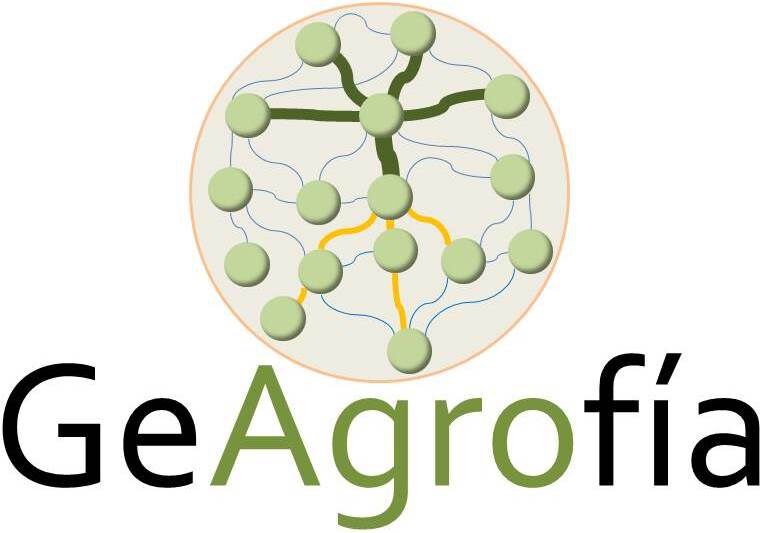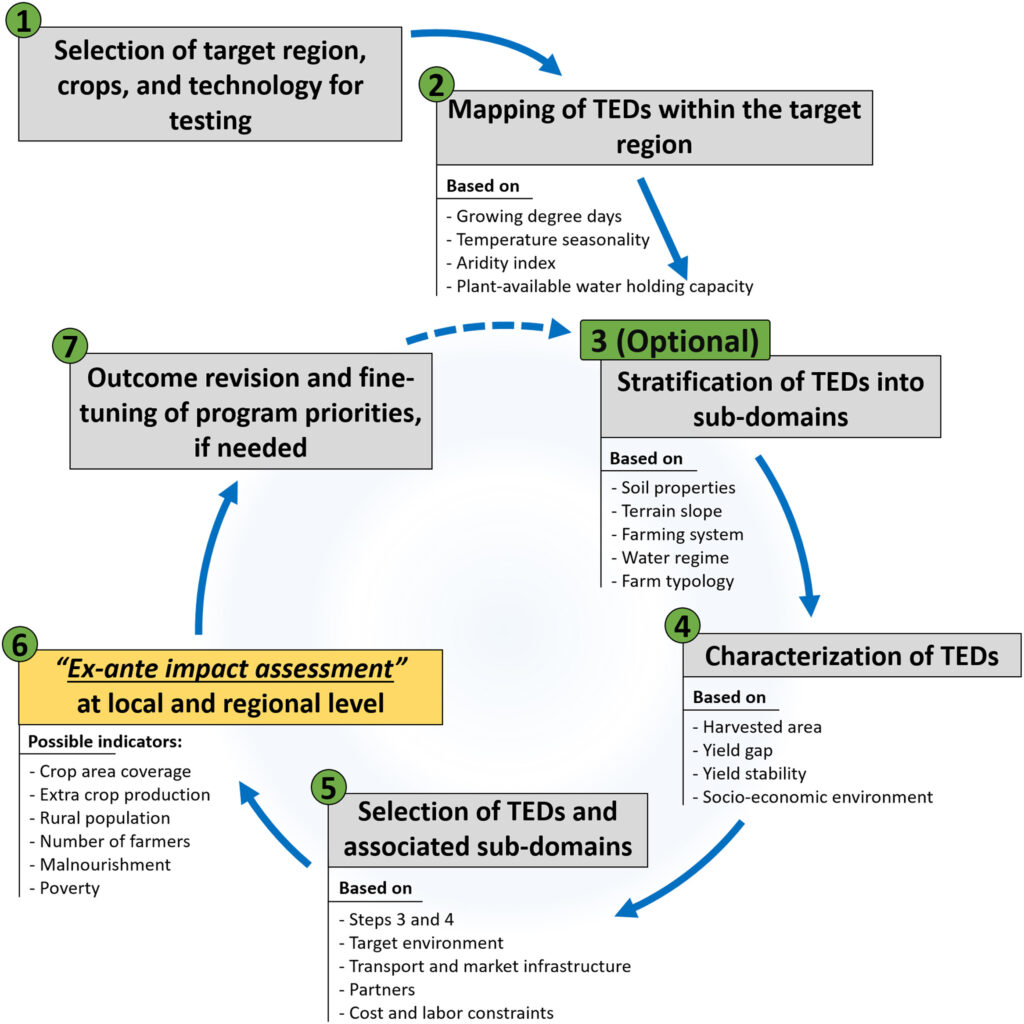The Atlas of Common Bean (Phaseolus vulgaris L.) Production in Africa, has been updated with new information and addresses additional topics such as bean seed systems, and the consumption and use of beans. Go to the storymap for access to the spatial data and the book pdf.
The new Atlas is digital and available as a dynamic, interactive online version with selected maps.
We identified a total of 176 bean production areas. We used a form of the Delphi method of consensus building among experts from almost all bean-producing countries of sub-Saharan Africa. We collected data for: bean production, cropping systems and producers; seed systems; bean use and marketing; bean grain types and varieties; and abiotic and biotic constraints to bean production and storage.
We compiled data on harvested area and production from a variety of sources and allocated among bean production areas using local expert knowledge and/or sub-national statistics. We computed and characterised each bean production area within 17 different bean environments.



